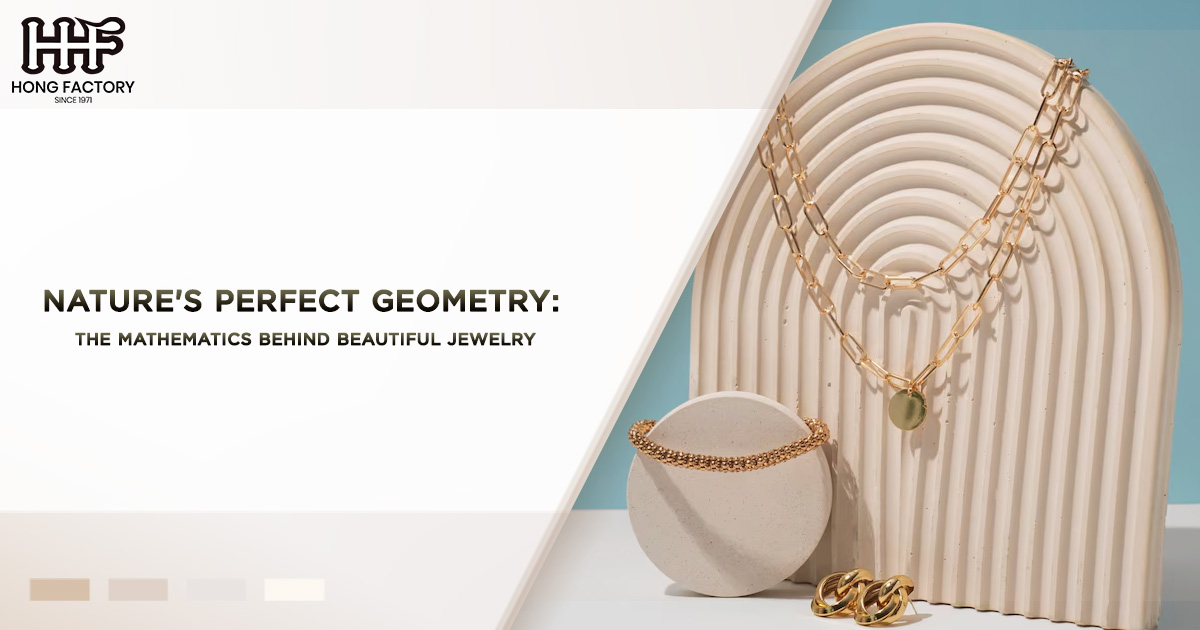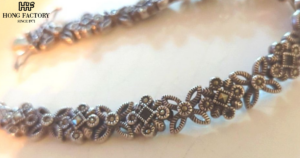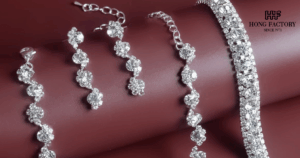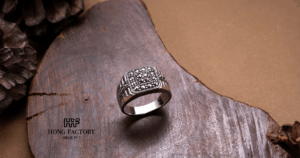Jewelry has long been a cherished form of self-expression and artistry, but its allure isn’t just the result of craftsmanship or the sparkle of precious stones. Beneath the surface of every intricate design lies an unseen world of mathematics, where nature’s perfect geometry inspires and guides the creative process. From sacred geometry to the Fibonacci sequence, the natural patterns that govern the universe play a significant role in shaping jewelry that resonates with beauty, balance, and harmony. This article explores how these mathematical principles influence jewelry design, breathing life into exquisite creations that merge art and science.
The Influence of Sacred Geometry in Jewelry Design
At the heart of many mesmerizing jewelry pieces is sacred geometry, a concept that links mathematics with spirituality and the natural world. Sacred geometry refers to patterns and shapes that are thought to hold symbolic meaning and universal significance, often reflecting the building blocks of nature. These shapes, such as circles, triangles, hexagons, and spirals, are not only aesthetically pleasing but also evoke a sense of harmony and balance.
In jewelry design, sacred geometry manifests in intricate patterns like mandalas, flower-of-life motifs, and star shapes. For example, the Flower of Life, a geometric pattern made up of overlapping circles, is a frequent inspiration for pendants, earrings, and rings. This design symbolizes interconnectedness and unity, drawing from its presence in nature and ancient architecture.
Jewelry designers often use sacred geometry to create pieces that feel timeless and meaningful. By incorporating symmetrical forms and patterns, they tap into a universal language of beauty that transcends cultural and historical boundaries. The result is jewelry that not only adorns but also connects the wearer to a deeper understanding of the world.
Nature’s Patterns : The Blueprint for Beauty
Nature is an endless source of inspiration for jewelry designers, and its mathematical precision is evident in countless forms. From the spirals of seashells to the hexagonal shapes of honeycombs, nature patterns are a testament to the elegance of mathematics in the natural world. These patterns often serve as a blueprint for jewelry design, offering shapes and structures that are both functional and beautiful.
One striking example is the hexagonal geometry of a honeycomb, a natural feat of engineering that maximizes space and efficiency. This pattern has inspired countless jewelry designs, particularly in modern and minimalist styles. Hexagonal motifs in earrings, bracelets, and rings create a sense of order and sophistication, mirroring nature’s ingenuity.
Another example is the spiral, a shape that appears in everything from galaxies to sunflower seed arrangements. This pattern often follows the Fibonacci sequence, a mathematical series where each number is the sum of the two preceding ones (1, 1, 2, 3, 5, 8, 13, etc.). The result is the famous golden spiral, which has captivated mathematicians and artists for centuries. In jewelry, Fibonacci-inspired spirals can be found in pendant designs, ring settings, and even the arrangement of gemstones, bringing a sense of natural flow and proportion to each piece.
The Golden Ratio and Mathematical Design in Jewelry
The golden ratio, also known as Phi (approximately 1.618), is another mathematical principle that underpins many stunning jewelry designs. This ratio is often associated with beauty and perfection, as it appears frequently in nature, art, and architecture. From the proportions of seashells to the structure of the Parthenon, the golden ratio has a way of creating forms that feel innately harmonious.
In jewelry design, the golden ratio is used to determine proportions that are pleasing to the eye. For instance, designers may use this principle to decide the placement of gemstones, the curvature of a bracelet, or the balance of elements in a necklace. The result is a piece of jewelry that feels effortlessly elegant, as if it were a natural extension of the wearer.
A particularly fascinating application of the golden ratio is in Fibonacci jewelry, which explicitly incorporates the Fibonacci sequence into its design. Rings, pendants, and earrings inspired by this sequence often feature spirals, curves, or arrangements that mimic the natural growth patterns of plants and animals. These designs not only stand out for their beauty but also carry a sense of wonder, as they reflect the same mathematical principles that govern the universe.
Connecting Art and Science : The Role of Mathematical Precision
Jewelry design is a unique art form that relies heavily on mathematical precision to bring creative visions to life. Every curve, angle, and setting must be meticulously calculated to ensure that the final piece is both beautiful and functional. This is where the intersection of mathematics and artistry becomes most apparent.
For example, the process of cutting gemstones involves precise geometry to maximize their brilliance and fire. A diamond’s cut, for instance, is based on mathematical calculations that determine the angles and facets needed to reflect and refract light perfectly. Similarly, the crafting of intricate metalwork requires careful measurements and symmetry to achieve balance and stability.
Mathematical design also extends to the use of CAD (computer-aided design) software, which has revolutionized the jewelry industry. Designers can now create highly detailed 3D models of their pieces, using algorithms to experiment with different geometries and proportions. This technology allows for greater accuracy and creativity, enabling designers to push the boundaries of what’s possible in jewelry making.
Fibonacci Jewelry : A Celebration of Nature’s Harmony
One of the most captivating trends in modern jewelry design is the rise of Fibonacci jewelry, which celebrates the beauty of nature’s mathematical harmony. By drawing directly from the Fibonacci sequence and the golden spiral, these pieces create a tangible connection between the wearer and the natural world.
Fibonacci jewelry often features designs that mimic the growth patterns of plants, shells, and other organic forms. For instance, a pendant shaped like a nautilus shell or a ring with spiraling gemstones can evoke the same sense of awe that we feel when observing these patterns in nature. These designs are not only visually stunning but also serve as a reminder of the intricate mathematics that underlies the world around us.
For those who appreciate symbolism, Fibonacci jewelry holds a deeper meaning. It represents growth, evolution, and the interconnectedness of all life. By wearing a piece of Fibonacci-inspired jewelry, individuals can carry a small piece of nature’s perfection with them, embodying the elegance and complexity of the universe.
Conclusion : The Timeless Appeal of Nature’s Geometry
The mathematics behind beautiful jewelry is a testament to the profound connection between art and science. By drawing inspiration from sacred geometry, nature’s patterns, and mathematical principles like the golden ratio and Fibonacci sequence, jewelry designers create pieces that resonate with timeless beauty and harmony. These designs not only captivate the eye but also remind us of the intricate mathematics that governs the natural world.
Whether it’s a hexagonal honeycomb pendant, a spiral-inspired ring, or a Fibonacci necklace, the influence of nature’s perfect geometry is unmistakable. These creations are more than just adornments; they are celebrations of the universal patterns that shape our world. By wearing them, we carry a piece of nature’s magic and remind ourselves of the beauty that lies at the intersection of mathematics and artistry.
As we continue to explore the wonders of nature’s geometry, the possibilities for jewelry design are truly infinite—just like the mathematical patterns that inspire them.




